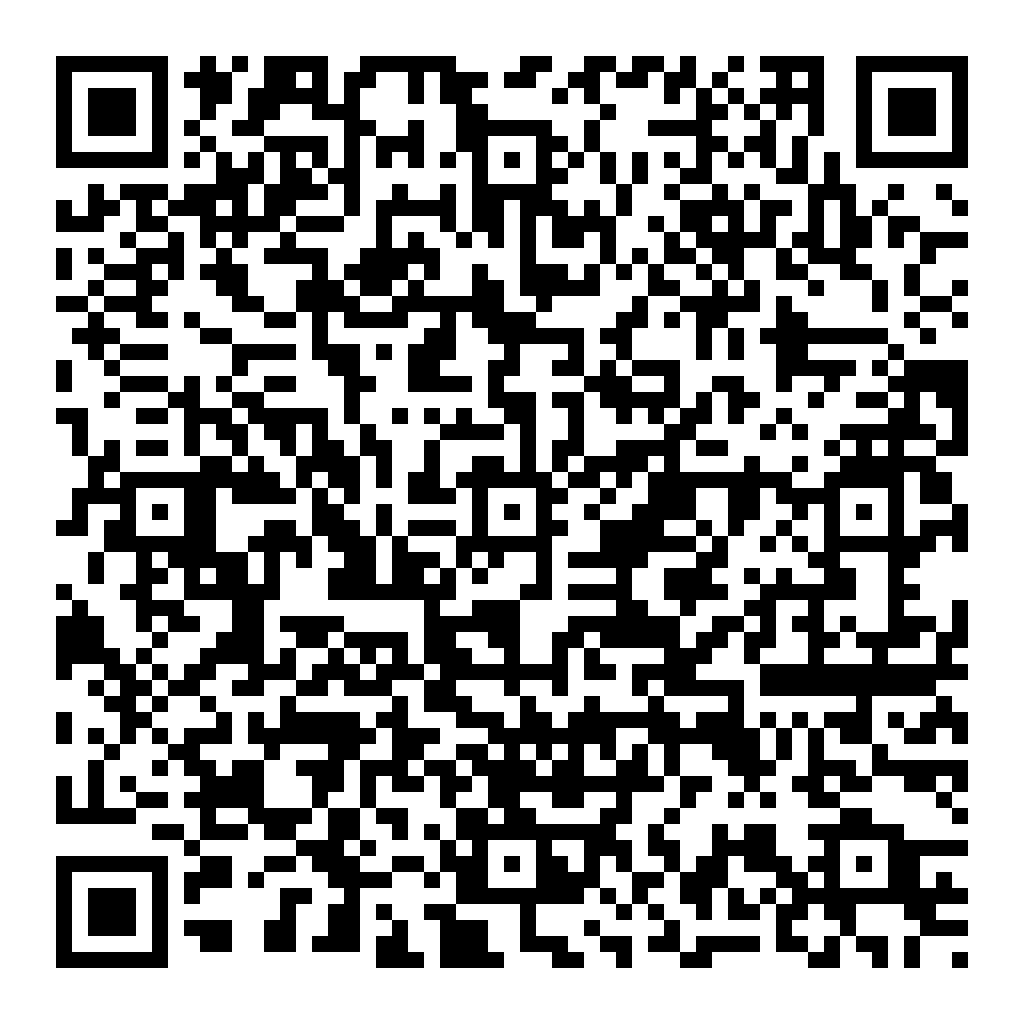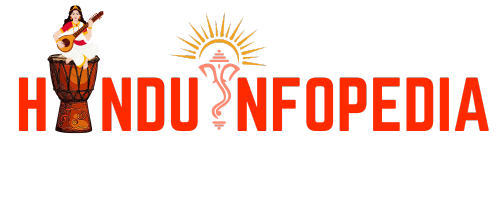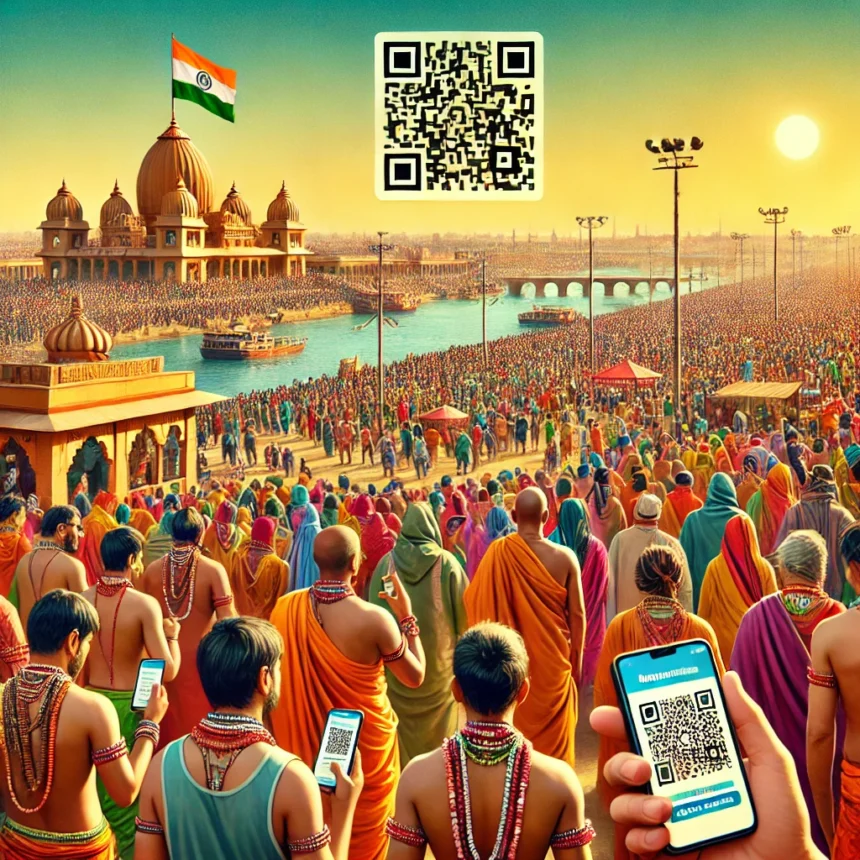Maha Kumbh: Sample Site for Lost, Found and Search
The Lost and Found Challenge at Maha Kumbh 2025
Every twelve years, Maha Kumbh Mela becomes a beacon of spirituality, drawing in millions of devotees from every corner of the world. The air vibrates with chants of ‘Har Har Gange,’ and the rhythmic clanging of temple bells echoes across the Triveni Sangam, creating a majestic yet overwhelming tapestry of faith and devotion. As detailed in my earlier posts like “Mahakumbha Spiritual Encounters 2025: My Divine Journey,” the 2025 gathering at Prayagraj is set to welcome an unprecedented 40-45 crore pilgrims spread over 4000 hectares during its peak periods. The sheer scale, as discussed in “Mahakumbha 2025: Observations, Challenges, and Reflections” and further elaborated in both “Mahakumbha 2025: Logistics – Navigating the Transportation Maze” and “Maha Kumbha 2025: Logistic Vows in Navigation,” underscores the daunting challenges of managing such a massive influx. Amidst this devout chaos, the inevitability of personal losses—from sacred items to vulnerable loved ones—presents a daunting challenge. To address this, we propose a modern, efficient solution specifically designed for the unique demands of such a monumental spiritual gathering.
My Personal Motivation: A Senior Citizen’s Perspective
During my last visit to the Maha Kumbh, the bustling energy of millions mingled with my growing sense of vulnerability. As a 67-year-old pilgrim amidst a sea of faces, the fear was palpable: what if I lost my way back, my anchor in this overwhelming tide? Memories of stories from films like Ghar Sansar and Waqt, where families were torn apart at such gatherings, haunted me. These were not just cinematic dramas but real possibilities. This fear led me to a simple, yet profound solution—an identity band. Wearing our names and contact information around our wrists seemed elementary but was reassuringly effective, ensuring we could always find our way back to each other.
The Problem: Loss in a Sea of Faith
This personal experience underscores the broader challenges faced by many at such large gatherings. Therefore it needs further investigation and analysis.
Imagine the panic of a child separated from their parents in the dense crowds of the Kumbh, or the distress of an elderly person disoriented by the sheer scale of the gathering. These are not just hypothetical scenarios but realities witnessed during such massive events. Each story of separation at the Kumbh underscores the critical need for a reliable system to prevent and address these losses, mitigating the emotional turmoil and ensuring a safer environment for all pilgrims.
The Solution: A Sample Lost and Found Site
Recognizing these as real and distressing situations, we have crafted a dedicated solution to mitigate such risks effectively as detailed hereunder. The solution should be simple, with minimum technological involvement, should be based on locally available material.
Addressing these challenges, we have developed a user-friendly lost and found system tailored for the scale of Maha Kumbh 2025. By integrating simple yet effective tools like identity bands and QR codes, our solution bridges the gap between ancient tradition and modern technology. Each band and code connects to our digital platform, where:
- Report Lost Item: Pilgrims can detail their lost items or loved ones, adding descriptions and last known locations to aid in quick recovery.
- Report Found Item: Finders can enter information about discovered items or individuals, facilitating timely reunions.
- Search Functions: Users can look up lost or found items, narrowing their search with specific queries to efficiently locate what they seek.
These features not only streamline the process of reporting and searching but also bring immense peace of mind, knowing that the chaos of loss can be managed with a few simple clicks. This system demonstrates how traditional gatherings can benefit from modern innovations, ensuring that the spiritual journey remains secure and fulfilling for everyone.
Search and Match Section
The solution as given above is only elaborated hereunder.
Report Lost Item & Report Found Item Forms
These forms are essential for entering data into our lost and found database for items that are either lost or found. The fields are designed to maintain consistency in data collection:
- Item Name: Identifies the item (e.g., “wallet” or “blue Nikon camera”), aiding in organization and search.
- Your Contact Info: Captures contact details of the reporter for communication purposes.
- Describe the Item: Details like color, brand, and unique marks enhance matching accuracy.
- Choose File: Allows uploading a related photo or document, improving match likelihood.
- What3Words Location: Pinpoints the exact location using a unique three-word address, crucial for large venues like Maha Kumbh Mela.
Search Lost Items & Search Found Items Forms
These forms enable users to interact with the database to find reported items:
- Item Details: Users enter details about the item they are looking for, which helps filter potential matches.
- Choose File: Facilitates visual comparison of uploaded images.
- What3Words Location: Specifies the search area, useful in large or crowded settings.
Efficient Matching and Retrieval of Items
Our system uses advanced algorithms to match and retrieve items effectively:
- Description-Based Matching: Utilizes natural language processing to index and compare item descriptions.
- Image Recognition: Analyzes uploaded images to enhance matching accuracy.
- Location-Based Filtering: Uses precise location data to sort items by proximity, streamlining searches.
- Combined Intelligence: Integrates data across multiple fields to provide a comprehensive matching solution, with a user-friendly interface showcasing the best matches.
This streamlined approach ensures quick and accurate item recovery, even during large events like the Maha Kumbh Mela.
Simplified Procedure for Lost, Found and Search
Distribution of Identification Materials:
Provide pre-printed 20mm paper strips, 25mm adhesive tapes, and pens/pencils at key entry points and high-traffic areas, including:
- Railway stations, bus stations, and airports.
- Restaurants, tents, langars, hotels, and walkways with heavy footfall.
Ensure materials are durable, water-resistant, and easy to write on for long-lasting use.
Assistance for Writing Identification Details:
Deploy trained volunteers and staff at these locations to assist pilgrims, especially:
- Elderly individuals, children, and those with limited literacy.
- Non-native language speakers or international visitors.
Help pilgrims write essential details on the paper strips, including:
- Full name and contact number.
- Name and contact of a relative or guardian.
- Village name (for rural pilgrims) or urban address (for city dwellers).
Encourage including emergency contact details for added safety.
Application of Identification Tags:
Secure the paper strips onto:
- Wrists of individuals (children, elderly, and able-bodied pilgrims) using adhesive tape, forming identity bands.
- Mobile phones, handbags, and other personal belongings for easy identification.
Ensure tags are visible and securely attached to withstand crowd movement and weather conditions.
Strategic Placement of QR Codes:
Install QR code signage in high-density areas, such as:
- Entry/exit points, bathing ghats, and major congregation zones.
- Public facilities like restrooms, medical camps, and information desks.
Each QR code should encode two pieces of information:
- The What3Words location of the specific area (e.g., ///lawfully.arrow.warrior).
- A link to the centralized lost and found reporting website (e.g., https://hinduinfopedia.org/maha-kumbha-sample-site-for-lost-found-and-search-website/).
Ensure QR codes are large, weatherproof, and placed at eye level for easy scanning.
Sample QR Code

The QR code used in the blog carries this text: “https://hinduinfopedia.org/maha-kumbha-sample-site-for-lost-found-and-search-website/ what3words location ///lawfully.arrow.warrior”
[If it is noted that the text is different, immediately delete the text for security reasons]
Centralized Lost and Found Website:
- Report Features: Users can submit details, photos, and What3Words locations for lost or found items and persons.
- Search Tools: Advanced filters allow users to search by item details, location, and images.
- User-Friendly Design: The website is mobile-optimized, multilingual, and accessible to those with limited digital literacy.
- Data Management: Equipped to securely receive, analyze, and manage data for effective problem-solving.
Back-Office Support for Manual Intervention:
Employ trained back-office staff to:
- Review unmatched reports and assist in manual matching.
- Handle complex cases, such as language barriers or incomplete data.
- Communicate with pilgrims via phone or messaging for updates and reunions.
Provide 24/7 support during peak Kumbh periods to ensure timely resolution.
Public Awareness and Training:
Conduct awareness campaigns through:
- Announcements at key locations (e.g., via loudspeakers).
- Pamphlets and posters in multiple languages.
- Short instructional videos on digital screens.
Train volunteers and staff on:
- Assisting pilgrims with identification tags and QR code usage.
- Guiding pilgrims to use the website or report issues manually.
By implementing this improved procedure, we ensure a safer and more organized Maha Kumbh, seamlessly blending traditional practices with modern technology to address the challenges of loss and separation. This comprehensive approach empowers pilgrims, volunteers, and organizers alike, fostering a sense of security and community amidst the vast gathering.
Benefits
Enhanced Safety and Security:
– Identity bands reduce separation risks for vulnerable groups like children and elderly.
– Quick identification in emergencies ensures timely assistance.
Efficient Lost and Found Management:
– Centralized website and QR codes streamline reporting and searching.
– What3Words integration provides precise location data in a 4000-hectare event.
Inclusivity and Accessibility:
– Assistance for writing tags ensures inclusivity for illiterate or non-native speakers.
– Multilingual website and support cater to diverse pilgrims.
Scalability for Large Crowds:
– Distributed materials and QR codes handle 40-45 crore pilgrims.
– Back-office staff and algorithms manage high volumes of reports efficiently.
Cost-Effective and Practical Implementation:
– Low-cost materials and digital tools make the solution scalable and affordable.
– Volunteer-driven assistance minimizes operational costs.
Integration of Tradition and Technology:
– Combines identity bands with modern innovations like QR codes and AI matching.
– Preserves the spiritual essence of Kumbh while enhancing safety.
Fraud Prevention and Data Security:
– QR code verification reduces fraudulent links or misinformation.
– Secure website and manual oversight ensure data privacy and accuracy.
Closing Call to Action: Making the Vision a Reality
As we stand on the brink of another grand Kumbh Mela, let us embrace a solution that embodies the spirit of innovation and community. We call upon the administration, businesses, and volunteers to join us in implementing this modern lost and found system. By adopting these simple yet effective tools, we can collectively ensure a safer, more organized Maha Kumbh. Together, let’s turn the chaos of loss into stories of reunion and safety, making this Kumbh not just a spiritual journey, but a testament to our shared commitment to care and efficiency. Join us in this movement, and help make a significant difference in the lives of millions. Let’s not just attend the Kumbh; let’s improve it for everyone.
Feature Image: Click here to view the image.
Visit our Youtube Channel by clicking here.
Click here to visit the related page on Medium.com
Follow us on our social median handles
Glossary of Terms:
1. Maha Kumbh Mela: A massive Hindu pilgrimage that takes place every 12 years, where millions of devotees gather to bathe in sacred rivers.
2. Kumbh: A Sanskrit word meaning “pitcher” or “urn,” referring to the mythical pot of nectar from Hindu mythology.
3. Mela: A Sanskrit word meaning “gathering” or “fair,” referring to the festive atmosphere of the Kumbh Mela.
4. Triveni Sangam: A sacred confluence of three rivers (Ganges, Yamuna, and Saraswati) in Prayagraj, India, where the Kumbh Mela takes place.
5. Ghat: A Sanskrit word referring to a set of steps leading to a river or lake, often used for bathing or rituals.
1. QR code: A Quick Response code, a type of matrix barcode that stores information, such as URLs or text messages.
2. What3Words: A geolocation system that uses a unique combination of three words to identify any location on the planet.
3. AI matching: Artificial Intelligence-powered matching algorithms used to match lost and found items.
1. Langar: A communal kitchen in Sikhism, often providing free food to pilgrims and visitors.
2. Prayagraj: A city in Uttar Pradesh, India, formerly known as Allahabad, where the Kumbh Mela takes place.
1. ETCS: European Train Control System, a modern rail traffic management system.
2. Kavach: An Indian railway safety system that uses a combination of electronic and mechanical systems to prevent accidents.
Top #Tags: #MahaKumbh2025 #KumbhMelaSafety #LostAndFoundSystem #SpiritualGathering #TechnologyInTradition
Eariler Blogs on Mahakumbha
Mahakumbha 2025 Logistics: Navigating the Transportation Maze



Leave a Reply